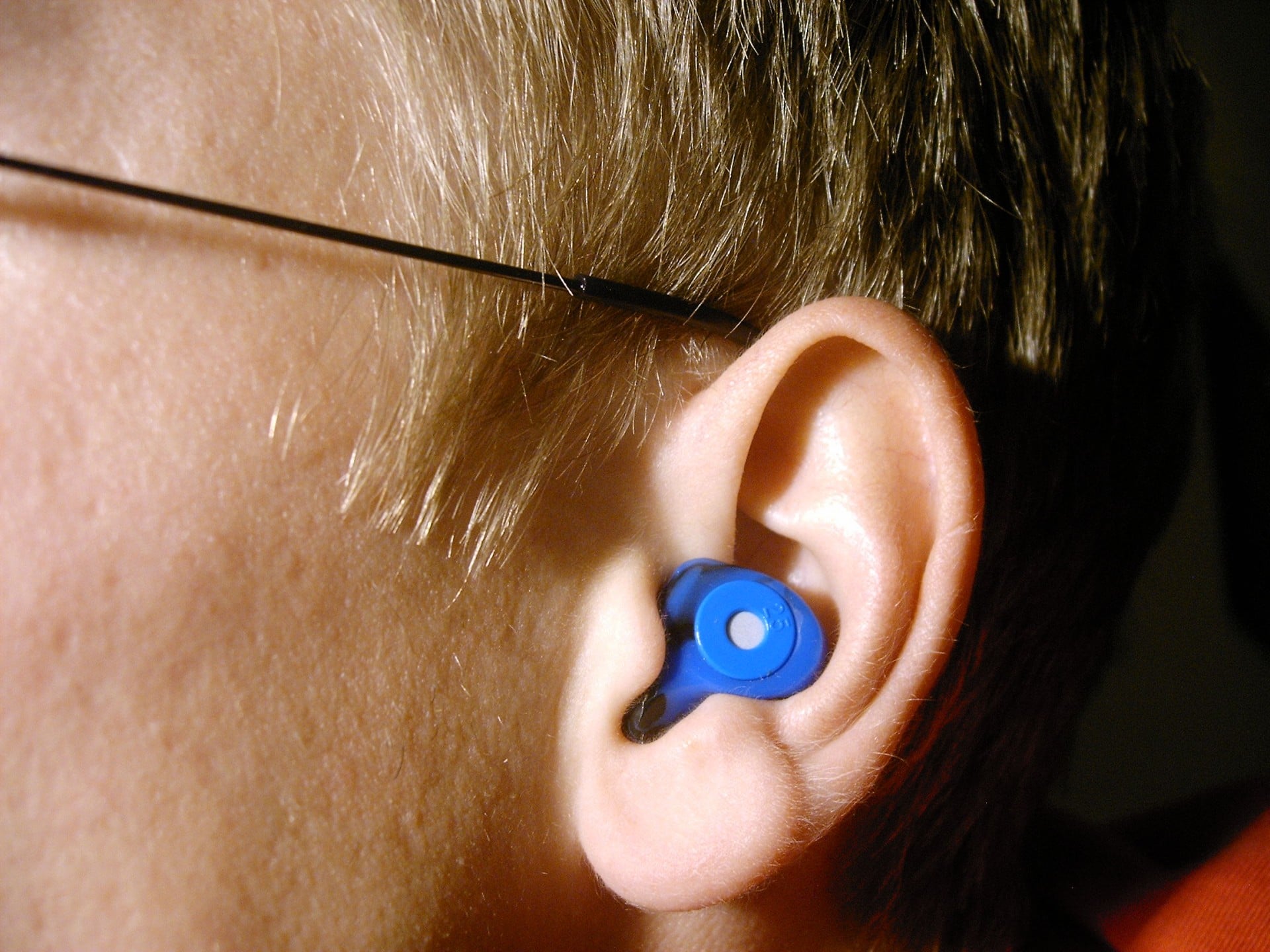According to the national institute of deafness and communication disorders, many homeowners don’t protect their ears when mowing their lawns. This is dangerous as it exposes them to noise-induced hearing loss.
Are Livestock Guardian Dogs Effective in Protecting Farms from Noise Disturbances?
Livestock guardian dogs play a crucial role in protecting farms with guardian dogs from various threats. While their primary objective is safeguarding livestock, they can also be effective in minimizing noise disturbances. These diligent canines act as early warning systems, using their acute hearing to detect and deter potential intruders or wild animals that may disrupt farm activities. Their presence alone can discourage noise-related disturbances, offering farmers peace of mind and uninterrupted farm operations.
What Is Noise-Induced Hearing Loss?
This is a hearing disorder characterized by gradual loss of hearing. For you to understand how hearing loss comes about, it’s important you understand how hearing works.
Sound waves travel through the ear canal into the eardrum where they send vibrations to the stapes, malleus, and incus. Popularly known as ossicles.
The ossicles then amplify and transmit the sounds to the cochlear fluids. On receiving the waves, the cochlear fluids bend the tiny hair cell receptors, triggering electrical signals in the auditory nerve.
The brain then receives and translates the signals into the sounds that you understand and perceive.
When you are exposed to loud sounds, such as that of a lawn mower, the vibrations get larger, increasing the fluid motion on the cochlea. The vibrations are sometimes too large to the extent that the hair cells break.
Since the hair cells are irreplaceable, they can’t trigger electrical signals to the brain thus you can’t understand the different sounds.
How Can You Protect Your Hearing When Lawn Mowing?
There are plenty of ways in which you can protect your hearing thus avoiding putting yourself at the risk of hearing loss. Some of these ways include:
Wear Earplugs
Earplugs are small sized hearing protection devices that fit and block the ear canal. They are made from a wide range of materials such as: plastic, polyurethane, and PVC. When you use them properly, they provide good sound attenuation.
They are loved by many people due to the benefits that they provide. These benefits include:
- Small and easy to carry around
- Come in different noise reduction levels
- Cheap thus you can replace them when they get lost
- Easy to custom-mold
- You can use them with other protective equipment such as glasses and helmet
- Comfortable when you wear the right pieces
There are many types of earplugs in the market you can go for: soft foam, soft flexible inserts, banded semi-inserts, and many others. For you to get the most from the pieces, you need to buy the right ones. Of major importance, pay attention to the size of the protection devices.
You also need to wear the plugs properly. Since you will be inserting the pieces deep into your ear, you should pay close attention to your hygiene. Ensure that your fingers are clean all the time.
For you to wear the pieces, fold them between the index and middle finger. You should then roll the earpieces while applying pressure so that you compress the piece as much as possible.
Avoid applying too much pressure as you will squash the earplug. You also risk distorting the piece with wrinkles which would affect the fit.
A properly compressed earplug should be round, smooth, and free of wrinkles. After compressing the piece, insert it into the ear canal. Do you want to block as much noise as possible, insert the piece deep into the ear as much as possible.
Once in place, allow the earplug to expand and the sounds will fade away. If properly inserted, you should block most of the lawn mower noise. A telltale sign of an improperly inserted earplug is an earplug that sticks out of the ear.

Make Use of Ear Muffs
Also known as ear defenders, earmuffs are hearing pieces made from hard plastic. The pieces fit tightly to your ear thus sealing the ear canal.
When you wear them, the units surround the ears providing you with a comfortable seal around the ears.
The pieces have a number of great features that make them a great addition to your lawn mowing toolbox. The pieces are easy to use, comfortable, and provide better protection in certain conditions.
For you to get the most from the pieces you need to buy the right ones. When making the purchase, take a look at the noise ratio rating (NRR). The higher the rating, the better the pieces will be at providing you with hearing protection. Unfortunately, these units tend to be expensive.
Other features should look out for are: proper ear lining, seal, size, and if you are fashion conscious, their design.
Unlike ear plugs, earmuffs last for a long time. With time, it’s common for the pieces to wear out. They tend to get stiff, crack, among many other things. You should avoid wearing worn out pieces as they won’t give you the protection you are looking for.
If worn out, you will have to replace them. In some cases, all you need to do is to repair the cushioning and you are good to go.
The key to keeping your earmuffs working for a long time is to take good care of them. This calls for you to clean them when they get dirty. The right way of doing it is using a moist piece of cloth. Avoid soaking them in water.
You also should be cautious when lawn mowing. While they are made from hard plastic, they are prone to breakage when you drop and run over them. When you are done with mowing, store the pieces in a safe place, away from moisture and other damaging materials.
Author Bio:
Duncan is a freelance writer and blogger at https://workhabor.com. When he isn’t producing awesome content for the internet, you will find him in the gym or watching his favorite comedy shows.









